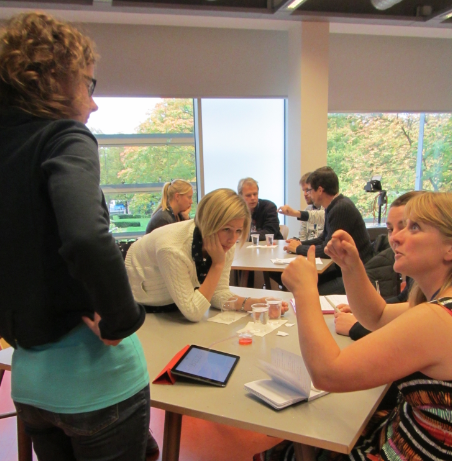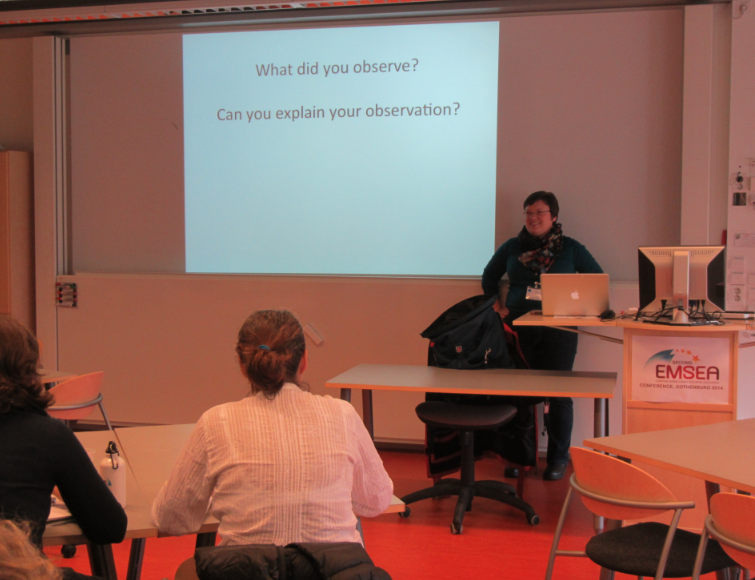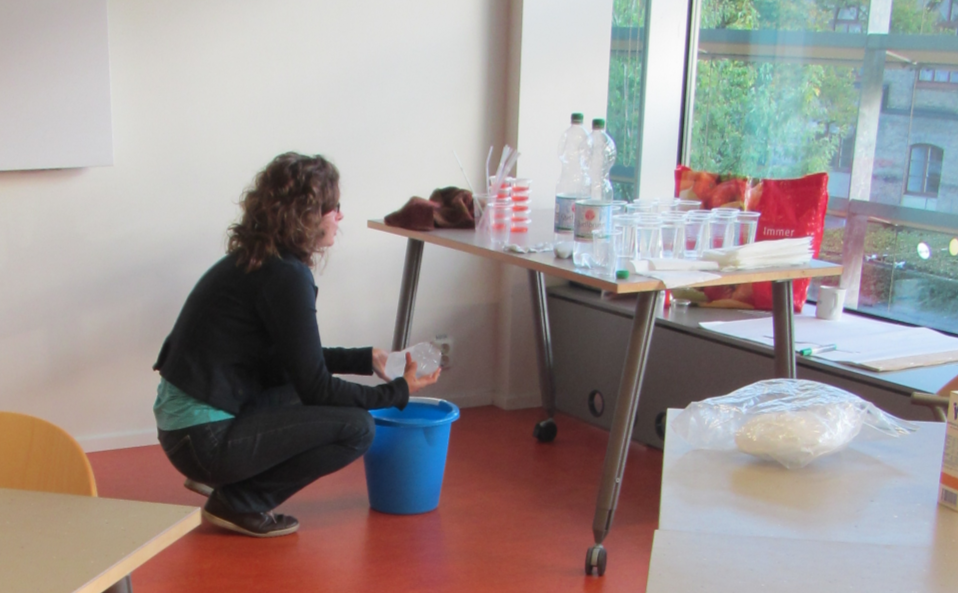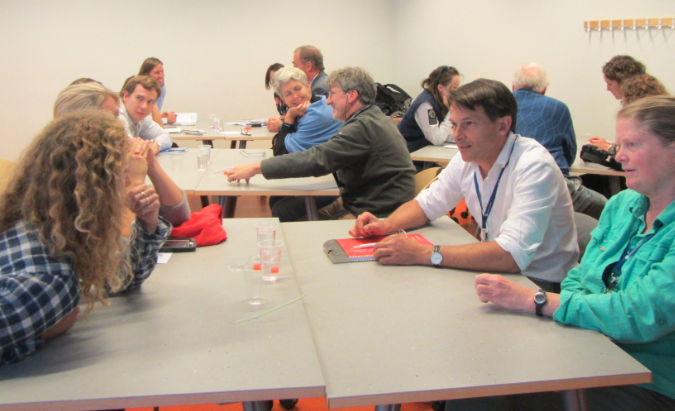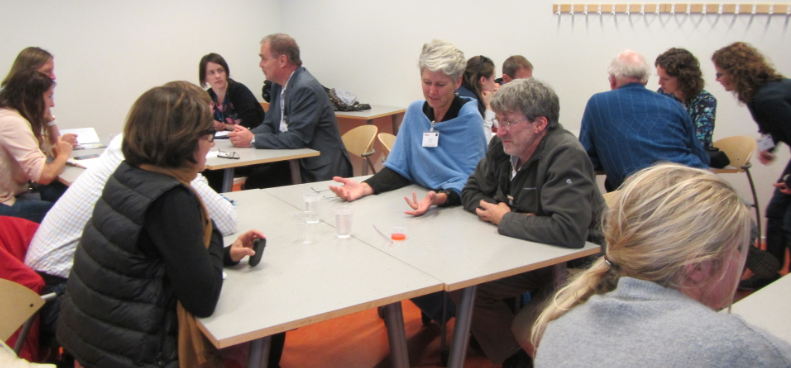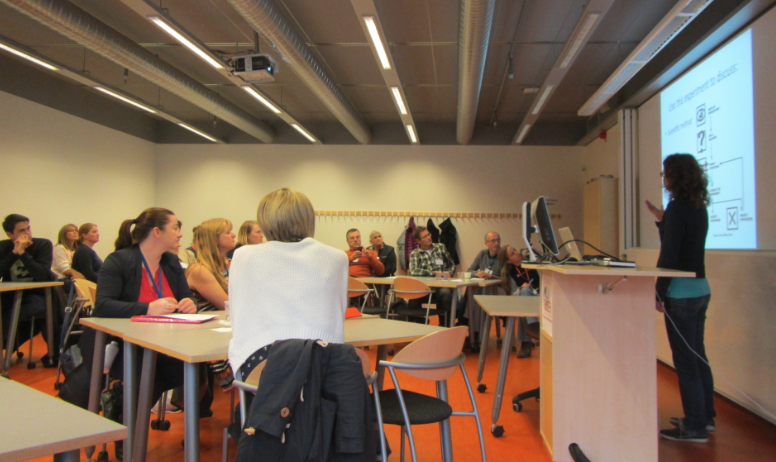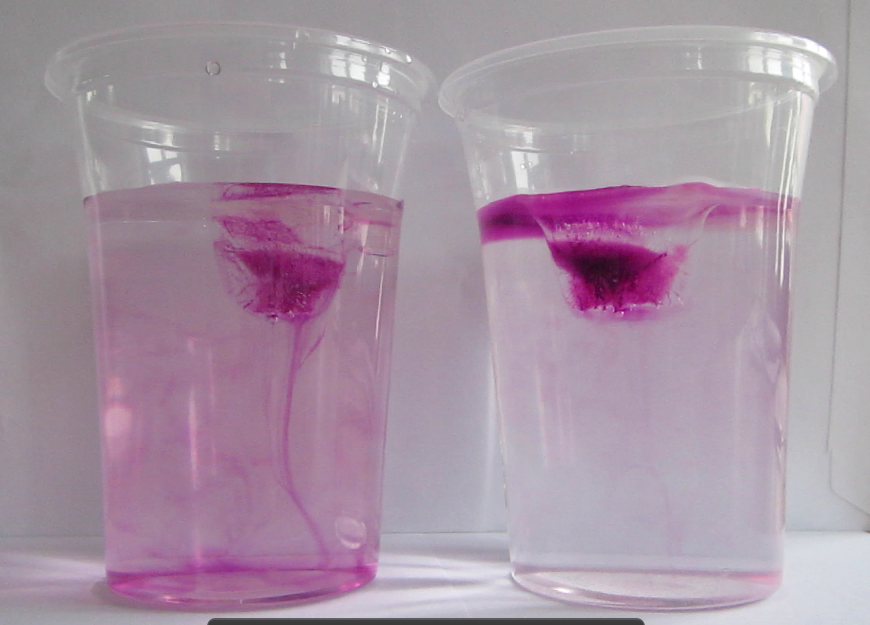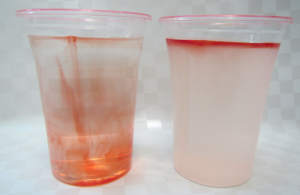More potential pitfalls to avoid when showing demonstrations.
Kristin and I have been invited to lead a workshop on “Conducting oceanography experiments in a conventional classroom” at the European Marine Science Educators Association EMSEA14 conference in Gothenburg in October (and you should definitely come – it’s gonna be a great conference!). And while you know I’m a big fan of showing a lot of demonstrations and experiments in class, for the purpose of this workshop I’ve looked into the literature to base the argument for (or against) demonstrations on a sound scientific basis.
I recently discussed how demonstrations help most when they are embedded in active learning scenarios, where students make predictions before watching the demonstration, and discuss afterwards. But what else should we take care of when using demonstrations as a teaching tool?
The paper “Why May Students Fail to Learn from Demonstrations? A Social Practice Perspective on Learning in Physics” by Wolff-Michael Roth and coauthors (1997) presents 6 dimensions that might hinder student learning. Rather than repeating what they found from their example (but you should definitely read the paper – it is really interesting!), I thought I’d ask myself how well my own teaching is doing along those 6 dimensions.
So without further ado, let’s get started. These are the 6 dimensions:
1) Separating signal from noise
2) Different discourses
3) Interference from other demonstrations
4) Switching representations
5) Larger context of demonstrations
6) Lack of opportunities to test science talk
For 1 and 3, I immediately identified situations in my teaching where I might have hindered student learning by not paying enough attention to those dimensions. Those I will discuss in separate posts over the next couple of days (dimension 1; dimension 3). I am still thinking about 2 and 4 and while there are probably examples of where I could improve along those dimensions, I still haven’t come up with examples where the signal is a lot clearer than the noise (see what I did there?). So let’s focus on 5 and 6 here.
So, 5. “Larger context of demonstrations”? In their paper, Roth and coauthors mainly focus on how students are told that the demonstrations they see will not be relevant for the exam. This is definitely not the case in my classes – my students know that they might have to recall details of the experiments in the exam or use them as a basis to develop other experiments. Also most experiments in my class are not just presented, but are in some kind of teaching lab context, or are taken up in homework assignments. As one motivation for me to show experiments in class is for students to practice to write lab reports, the pen-dropping described in the article does not happen in my class, or at least not nearly as extensively as described.
However, I am wondering whether the students realize the larger larger context for the demonstrations. As in whether they realize the learning objectives behind me showing the demonstrations. This I need to think more about.
And 6. “Lack of opportunities to test science talk”? I have been using peer instruction in my courses, and I have always interacted a lot with my students, both during lectures, labs, student cruises and outside of classes, but I could probably still improve on this. Especially seeing the positive effect active learning has, I will make sure to incorporate enough opportunities to practice science talk in future courses.
How about you? How are you doing along those 6 dimensions?
—
Roth, W. M., McRobbie, C. J., Lucas, K. B., & Boutonné, S. (1997). Why may students fail to learn from demonstrations? A social practice perspective on learning in physics. Journal of Research in Science Teaching: The Official Journal of the National Association for Research in Science Teaching, 34(5), 509-533.
